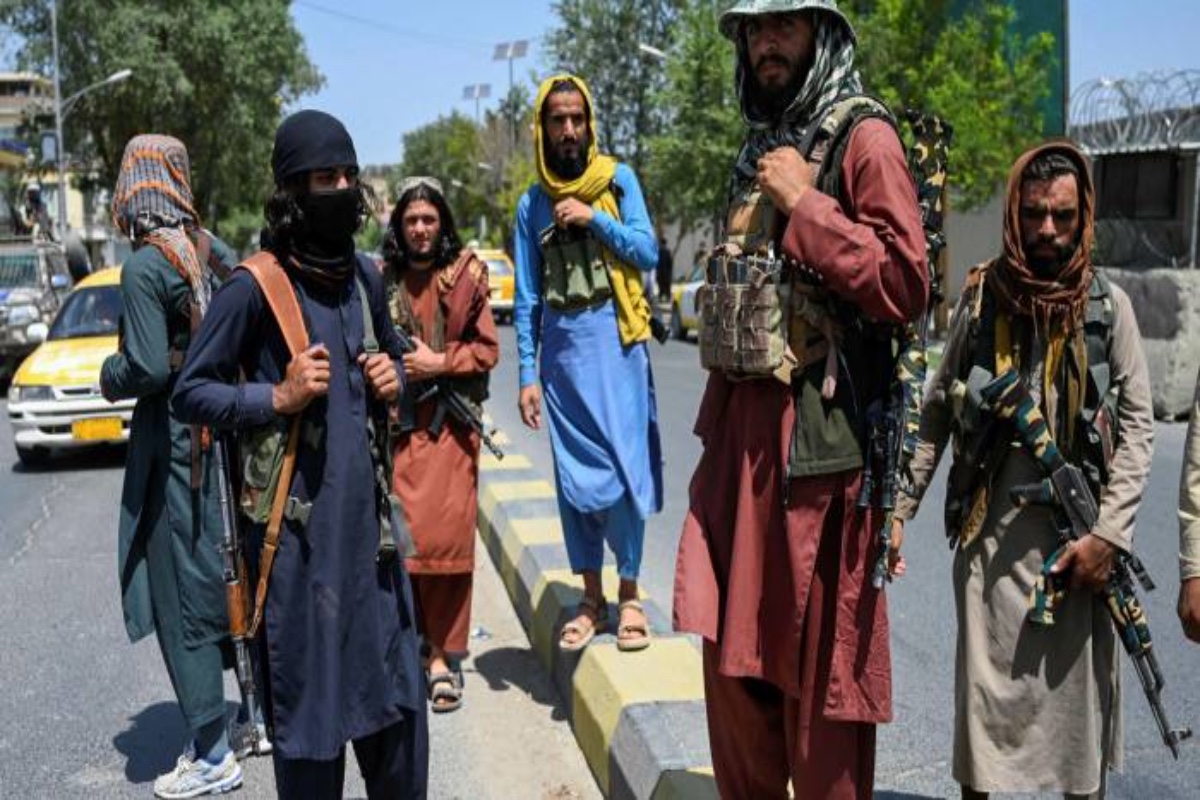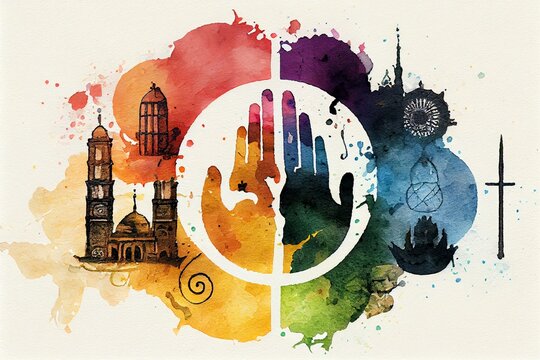Violent Jihadi Imagery
By Geoffrey Cook, MMNS
Your author has been commissioned to write a chapter on Violent Jihadi websites for a book on security in South Asia. He gave his initial findings at a conference in Central Florida early last April out of which came an offer to put it on the web, and, also, to expand it into a chapter. Your scribe shall be presenting his further findings at a meeting in the upper Midwest this coming October. After that time, he shall be glad to send on the full exercise to anyone who will e-mail me a request via the Muslim Observer where I shall be publishing a series of journalistic articles based on the research over the next several months.
I was sent a remarkable semi-confidential website study entitled The Islamic Imagery Project published (“pastedâ€) by an academic Committee of the Combating Terrorism Center within the Social Science Department at West Point in March 2006. The document is an e-book, and as a student of such things, there are assumptions that are questionable within while, at the same time, the report is quite enlightening.
The Obama Administration is questioning the purpose and tactics of the struggle in the Middle East and South Asia with what we vulgarly term “terrorism.†The study of this document can be of value in creating new, more effective approaches in confronting the irregular clashes that often target civilians. On March 12 2009 Aljazeera and the British Broadcasting Corporation (BBC) reported that the new government in Washington had decided to drop the designations of the “War on Terror†and “enemy combatant.†Vocabulary can tell us much on how this struggle is changing, and on how counter-terrorism (i.e., counter-insurgency) should and /or could be waged more effectively.
Information on the modern imagery of politically violent radical Islamic groups – especially as it appears on “Jihadi†websites — is imperfect. Those conversant in Arabic know that Jihad mostly translates as a spiritual struggle within. Thus, in correct parlance a Jihadist is one who is in spiritual struggle to find an inner “Truth,†but in Wahhabi Islam, which was born and nurtured in Saudi Arabia, and spread to become a foundation to fight against the Colonial powers in the Nineteenth, Twentieth and now in the Twenty-first Centuries, Jihad has become a physical struggle. Today it fiercely fights against (Western) Post-Modernism (as it opposes the majority of other diverse forms of Islam). Therefore, Jihad, also, denotes in this context to resist against the “kafir,†or non- Muslims, in contemporary radical Islam. The “non-Muslim†is too often considered by them as “hetero-orthodox†Islam — such as the Shiites — as well.
On the other hand, in Shiite and increasingly in modern Sunni Islam, the closely related concept of Itijihad is gaining parlance. Since September 11, 2001, Islam has been grossly misunderstood, and it is the duty to change this through Itijihad as the junior Pakistani academic Rana Eijaz Ahmad argues. Itijihad is a non-violent struggle of enlightenment.
These violent Jihadi organizations have had a brief – so far — but prolific history in the production and distribution of visual “propaganda†as the Committee, who created The Islamic Imagery Project, oversimplifies these images The web masters have created their own distinct genre of Internet-based Islamist imagery. The understanding of this sort of embedded iconography is at an early stage; and, thus, there is much to be done by the practioneers of various disciplines. Within this particular study, the visual “propaganda†(i.e., visual “speechâ€) is more than textual messages; rather, the visual communicates explicitly, as the written word does. The radical Jihadi imagery has become a prime vehicle for communications and the essential tool for the diffusion of Jihadist ideals to diverse scattered cells – not only in South Asia – but throughout the world, but the modern violent Jihadi Movement had arisen in Afghanistan and now, also, resolutely resides in the Northwest Provinces of Pakistan, but, also, has spread worldwide operating in secretive detached cells much as the classic Communist did during the Second World War where one cell may not be aware of the make-up or placement of an adjacent grouping making it hard for the counter-terrorist (anti-insurgents) to break the structures up, thereby, to destroy the resistance.
In future essays we shall observe how select pictures keep and break Islamic injunction using both Islamic and Western sources.
11-31












2009
1,042 views
views
0
comments